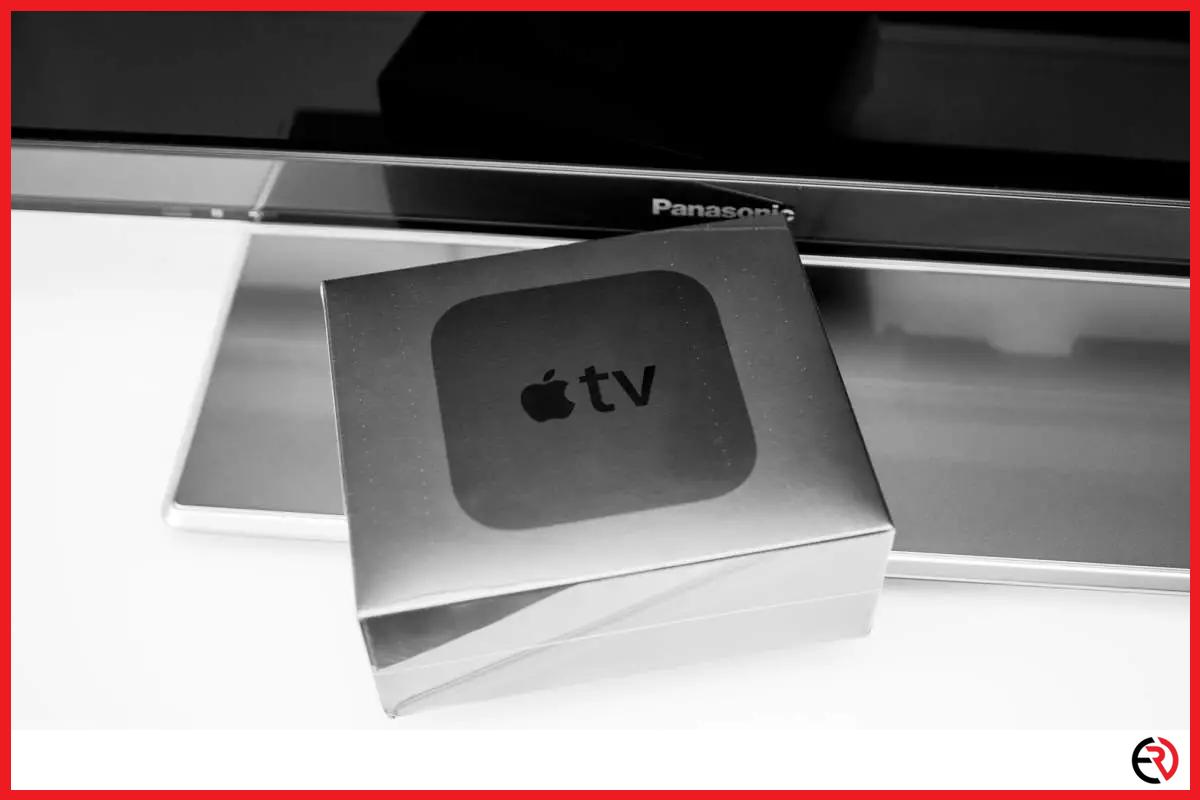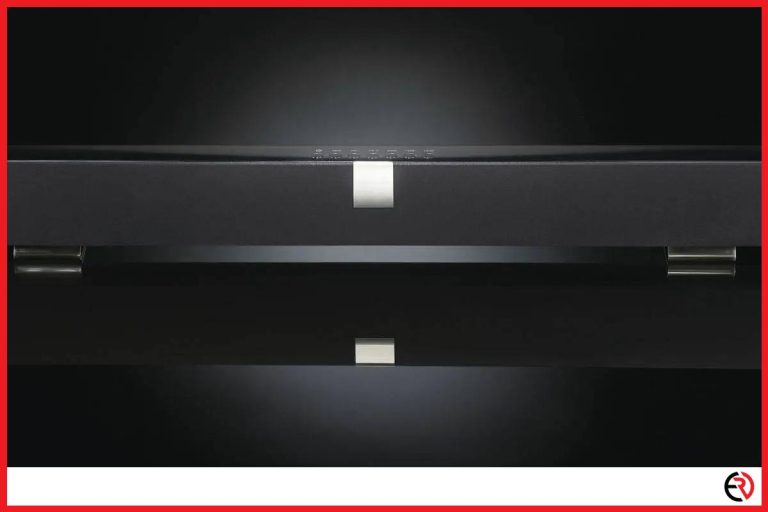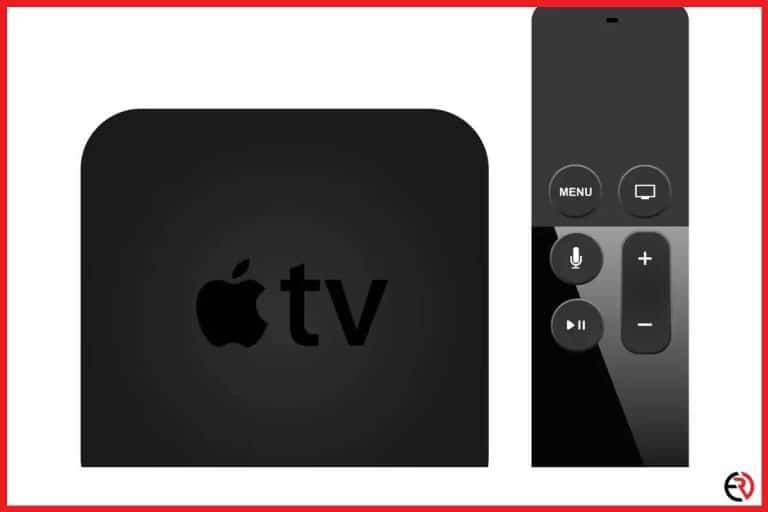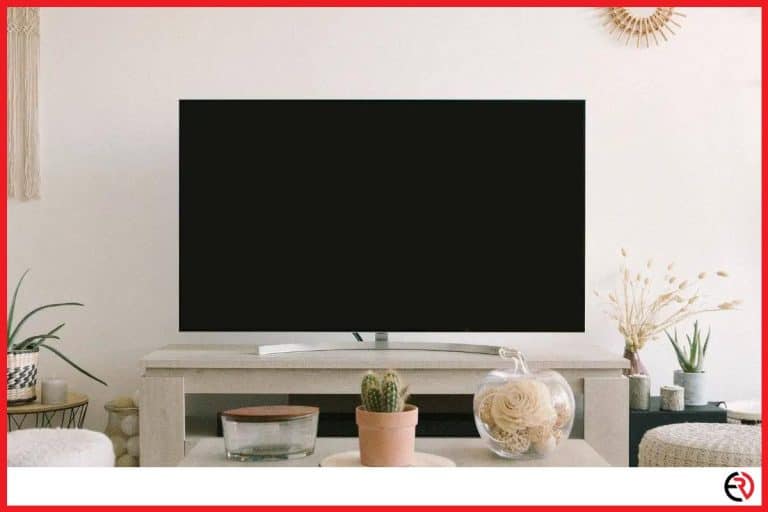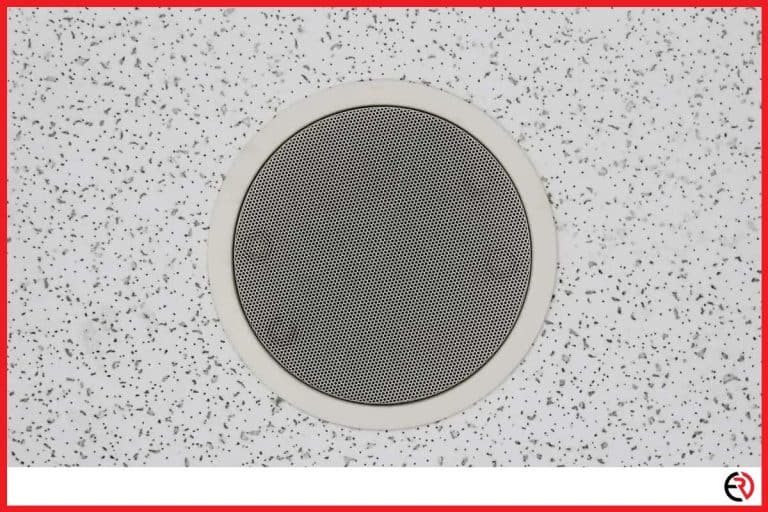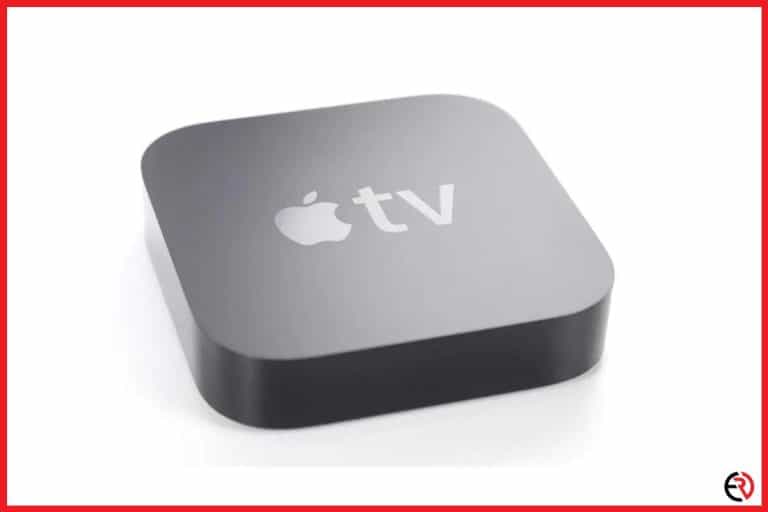Can You Use Apple TV on Multiple TVs?
This post may contain affiliate links which means that, if you choose to make a purchase, I may earn a small commission at no extra cost to you.
Like many people, I have multiple TVs in my home. However, most streaming devices including the Apple TV have just one HDMI output. That means I had to buy several Apple TVs to use with each TV in my home. Or was there another way?
You can use an HDMI splitter for connecting your Apple TV to multiple TVs. However, you can’t have different content playing on them. Since each Apple TV is designed to work with a single account at a time, all those TVs would show the same content.
Let’s check out how you can connect multiple TVs to your Apple TV and the shortcomings of this endeavor.
Apple TV is limited to one TV by design
Most streaming devices like the Chromecast with Google TV, Amazon Fire TV Stick, and the Roku Ultra were designed to work with just one TV. The same holds for the Apple TV. There are many reasons for this design.
Apart from the regular cash grab which makes users buy more Apple TVs for connecting to multiple TVs, Apple had two major reasons to do this:
- To keep prices comparatively low(Even though it’s one of the most expensive streaming devices on the market).
- To maintain a small footprint and control heat output.
The Apple TV 4K uses the A12 Bionic chip. Despite being over 4 years old, this chip is still very powerful and makes for a smooth experience on the Apple TV. However, the chip can only support video playback at 4K 60 FPS.
Apple could add multi-user and multiple TV support on the Apple TV by adding a couple more A12 chips or by using a more powerful Apple Silicon(An M1 Apple TV in the future?). Moreover, apart from video playback, the chips also need to support the tvOS and make sure you get a smooth user experience. To do that there needs to be a better chip inside that device.
Maybe in the future, we’ll get an Apple TV with the latest Apple chip that can support multiple users at the same time on multiple TVs. However, for now, that’s not possible.
The need for connecting an Apple TV to multiple TVs
For the most part, an Apple TV does a flawless job at streaming content. Moreover, using the iPhone for color calibrating any TV, AirPlay, and other tight integration into the Apple ecosystem makes it an amazing device for iPhone, iPad, and Mac users. The device is also small and portable. I can easily take it to other rooms. As long as I’m using a single TV at a time, I don’t feel limited by the Apple TV in any way.
However, there are certain unique scenarios where connecting the Apple TV to multiple TVs becomes necessary. Let’s check them out:
1. With Apple Arcade, you and your friends may want to play the same game with your friends while in different rooms. The Apple TV supports Apple Arcade and can become a capable gaming device on a budget. But the single HDMI port limits its use in multiple rooms while sharing the same screen.
2. In a business environment, you may need to show the same marketing content or just the same show to your clients on multiple screens. The single-user design of Apple TV doesn’t allow that. For a business owner, buying multiple Apple TVs for each screen makes him/her look insane on the balance sheet.
3. When there’s a game night and you need to show the live game on multiple TVs in your home. You can save a lot of money if you can do that with just one Apple TV.
Use an HDMI splitter for connecting multiple TVs
An HDMI splitter is a simple device that enables you to display the content of a single source on multiple TVs. It’s an electronic device that can take a single HDMI signal, copy it, and output it several times. This is possible since HDMI is a format that works with digital handshaking between different devices. That’s why it can accurately read the signal from the source device and match it to each output device.
An HDMI splitter is very different from an HDMI switch. A switch is used for the exact opposite purpose. You can use it to connect multiple sources to a single TV or monitor and switch to the preferred source as you see fit. For instance, I use an HDMI switch to connect my laptop, PS5, and desktop to my monitor. I switch between these devices throughout the day.
Here’s how you can use an HDMI splitter for connecting multiple TVs to your Apple TV:
- Turn on your Apple TV and make sure that it works correctly on the connected display.
- Next, plug out the HDMI cable connected to the Apple TV.
- Use an HDMI cable to connect the Apple TV to the input of an HDMI splitter.
- Make sure the HDMI splitter receivers power from the wall and connect it to other TVs via the output HDMI ports with HDMI cables.
- When your setup is ready to use, check with the Apple TV remote and make sure the content is synced well on all TVs.
Shortcomings of an HDMI Splitter
While an HDMI splitter allows you to connect our Apple TV to multiple TVs, it has quite a few shortcomings. First of all, it’s impossible to use two different Apple IDs on the same Apple TV at the same time and that means all the TVs would show the same content. You can’t watch Major League Baseball while the kids are watching The Snoopy Show in the other room while both TVs are connected to the same Apple TV.
Let’s say you’re fine with the same content playing on every TV. In fact, you planned for it. However, there are still some limitations with the HDMI splitter. Let’s check them out.
HDCP issues
All HDMI devices including your Apple TV use the High-Bandwidth Content Protection(HDCP) protocol that prevents people from duplicating content illegally. That’s why you need to make sure that all the devices in the link are compatible with the HDCP protocol. You’ll never face any HDCP issue while connecting your Apple TV to a regular TV. However, it may pop up with the introduction of the HDMI splitter in the link.
Some HDMI splitters cause HDCP issues and when that happens you won’t get any feed from the Apple TV. That’s why you should check the reviews carefully while buying an HDMI splitter. Make sure that you test it within the return window so that you can ship it back for a refund if there’s an HDCP issue. However, that’s not the end of your worries since the HDCP protocol changes each year and your perfectly fine HDMI splitter may start bugging out without warning.
Splitters weaken the signal
When you’re looking for an HDMI splitter make sure it’s a powered HDMI splitter. The HDMI cable doesn’t carry a lot of power. That’s why the signal gets weaker as it’s split multiple times. With a powered HDMI splitter, the splitter gets dedicated power from a wall adapter and amplifies the split signal so that it doesn’t drop out before reaching the TV.
Long HDMI cables weaken the signal
When you’re connecting a single Apple TV to multiple TVs in different rooms, you’re going to use long HDMI cables. However, the HDMI signal gets weaker when HDMI cables get longer than 15 feet. Since HDMI is a digital signal, if it weakens too much, you won’t get any output on your TV. Unlike an analog signal, it doesn’t fuzz out. Instead, it entirely stops working.
So, if you’re connecting TVs that are over 15 feet away, you’ll need to use active HDMI cables. Active HDMI cables use a dedicated power source to amplify the signal for long runs. While they cost almost twice the price of passive HDMI cables, they are worth the money for this niche use.
Fight for the Remote
While most of the technical difficulties mentioned above can be solved by buying active HDMI cables and a powered HDMI splitter from a reputable manufacturer, there’s no solution for the remote.
When my Apple TV is in the living room and I want to watch Apple TV in the bedroom via the HDMI splitter, I can use the iPhone as a remote instead of physically reaching out for the remote. However, if everyone is watching a movie on different TVs, there is going to be a fight for the remote. It’s great if you can solve it. However, for me, the hassle isn’t worth it and that’s why I like to use different Apple TVs on different screens.
On the other hand, if you just want to use the iPhone as a remote for your Apple TV, here’s what you can do:
- Open the Settings app on your iPhone.
- Scroll down to the Control Center.
- Scroll down again and look for the Apple TV Remote. Tap on the green add button to the left to add it to the Control Center.
- Now when you swipe in from the right to bring up the Control Center, you’ll find a remote icon at the bottom.
- Tap on the remote icon and now you’ll be able to control your Apple TV without reaching for the physical remote.
Conclusion
Unless you have a very niche use case for your business or for other such purposes, I would recommend buying multiple Apple TVs for different TVs in your home. The extra hassle and cable mess aren’t worth the trouble. I hope this article was able to help you.

